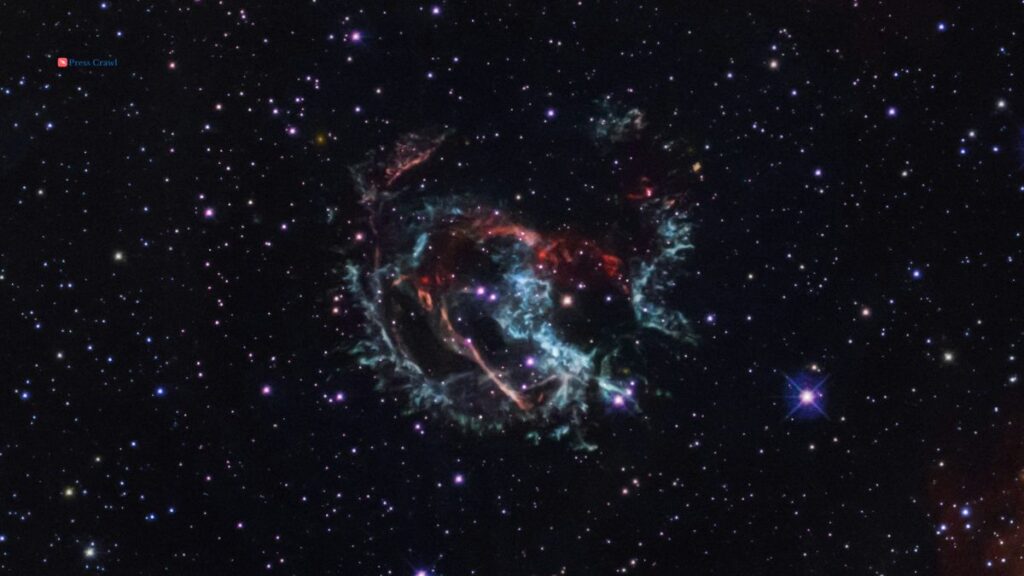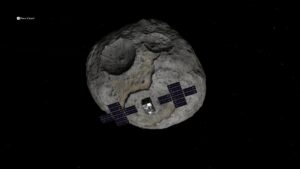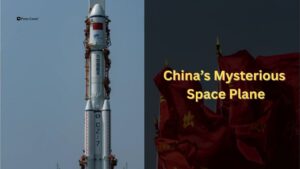
Researchers from the University of Warwick are using the techniques of Big Data and Machine Learning to solve the puzzle of supernovae, the exploding stars, which are white dwarfs. It is these cosmic explosions that contribute to spreading calcium iron and many other heavy elements important in the sustenance of lives and life forms deep into space. But, the exact processes, which are behind these explosions, are yet to be established.
Revolutionizing Supernova Research with AI
Dr. Mark Magee from the University of Warwick’s Department of Physics is working on revolutionary research…Eu: possible Supernovae! Conventional techniques rely on constructing elaborated models to contrast collected data sets with theoretical works that can be time-consuming and costly.
“Our new research will change this,” Dr. Mage said in a bid to make his fellow doctors understand his standpoint. “We will teach machine learning algorithms to distinguish various types of explosions and use them to create models many times quicker, the same way we create new artworks via AI or new text, we will now be able to simulate supernovae.”
Scientists are using AI to study supernovae – speeding up the process of analysis and improving the accuracy of research.
— University of Warwick (@uniofwarwick) June 1, 2024
Read the full story ⬇️ https://t.co/6hIMl94j3W pic.twitter.com/UVbuUp7wCc
Speed and Efficiency
AI will bring drastic changes and improvements in the speed at which supernova research will be conducted. This is now feasible due to the ability to train machine learning algorithms that generate thousands of models within a second or even less. This is much better than the previous type of observation and will surely prove beneficial in attempting to comprehend these celestial phenomena.
Dr. Magee emphasized the potential impact of this development: “This means we can create thousands of models in less than a second which will be a massive help to supernova research.”
Enhancing Accuracy
AI does not merely assist the researchers in doing their work faster but enables them to obtain better results in analyzing supernovas. Thus, by comparing them with observations better researchers can understand which models represent the real supernovas and their properties. This factor results in improved accuracy of the different elements formed in these explosions and their relation to the nature of the explosions.
Dr. Magee said, “Another work that helps to find out the type of explosion is to look into the elements that are released by supernovas. Depending on the type of explosion, more of a specific element is produced. Then, by relating the properties of the explosion to the properties of host galaxies of supernovas, one can find the direct relation between how the explosion occurred and the type of white dwarf that exploded.
Future Prospects
The current research is just the beginning of conceptualization in the understanding of students’ perceived readiness. Future studies are going to incorporate a larger sample of explosions and supernovas, and are going to link the characteristics of the explosion directly to the properties of the host galaxy. The expansion of such types of research is possible with the help of the ML approaches development.
Dr. Thomas Killestein from the University of Turku, who is also involved in the research, said, “With modern surveys, we finally have large, high-quality datasets to answer some of the biggest questions in supernova science: how exactly they explode. Machine learning methods like this allow us to look at more supernovae, more intensely and with a more rigid standard than before. “
Thus, the application of AI techniques in supernova studies is a great progress in Dark Star investigations. AI assists scientists in devising more precise models which in turn enables them to research supernovae. The continual advancement of research brings possible opportunities to use AI to know more about stars, their life span, and the other processes that contribute to the evolution of space.
Read More | Mission to 16 Psyche: NASA’s $10,000,000,000,000,000,000 Treasure Hunt!



